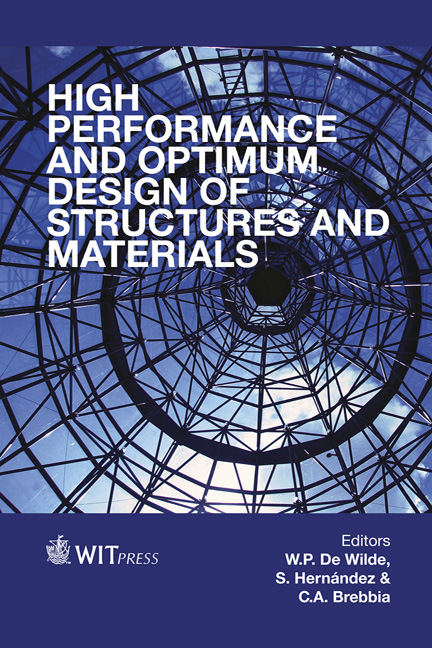Identification Of Material Constitutive Law Constants Using Machining Tests: A Response Surface Methodology Based Approach
Price
Free (open access)
Transaction
Volume
137
Pages
12
Page Range
25 - 36
Published
2014
Size
839 kb
Paper DOI
10.2495/HPSM140031
Copyright
WIT Press
Author(s)
M. Daoud, W. Jomaa, J. F. Chatelain, A. Bouzid & V. Songmene
Abstract
The finite element modeling (FEM) of chip formation is one of the most reliable tools for the prediction and optimization of machining processes; thanks to the high performance of advanced computers and robust finite element codes which made the modeling of complex machining processes (turning, milling, and drilling) possible. The success of any FEM strongly depends on constitutive law which characterizes the thermo-mechanical behavior of the machined materials. Johnson and Cook’s (JC) constitutive model is widely used in the modeling of machining processes. However, one can find in the literature, different coefficients of JC’s constitutive law for the same material which can significantly affect the predicted results (cutting forces, temperatures, etc.). These differences were attributed to the different methods used for the determination of the material parameters. In the present work, an inverse method, based on orthogonal machining tests, was developed to determine the parameters of the JC constitutive law. The originality of this study lies in the use of the response surface methodology (RSM) as a technique to improve the existing inverse method. The studied material is a 6061T6 high strength aluminum alloy. It is concluded that the calculated flow stresses obtained from the proposed approach were in a good agreement with the experimental ones. Moreover, the material parameters obtained from the present study predict more accurate values of flow stresses as compared to those reported in the literature. Keywords: Johnson-Cook constitutive law, identification, inverse method, response surface methodology, machining, AA6061-T6.
Keywords
Johnson-Cook constitutive law, identification, inverse method, response surface methodology, machining, AA6061-T6.





